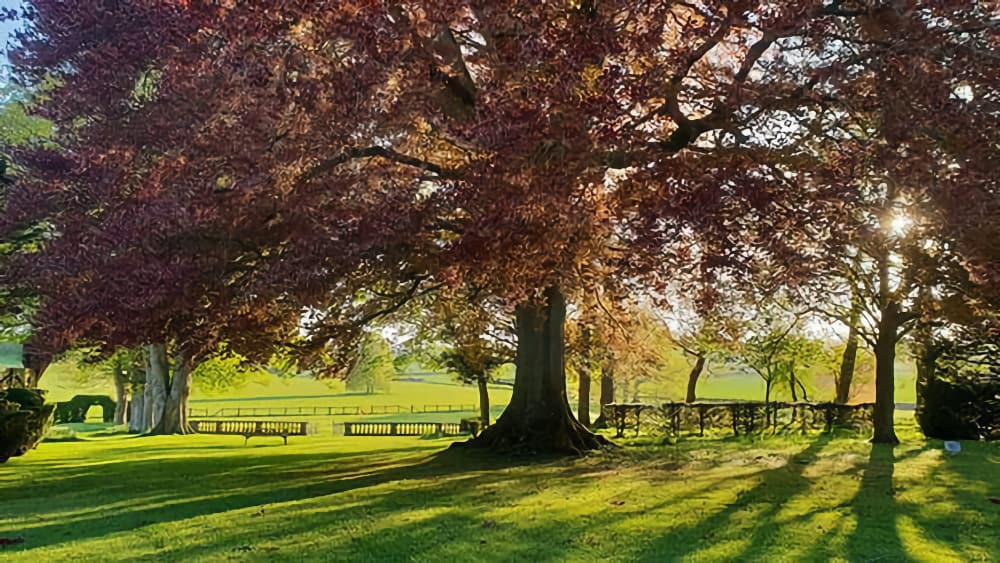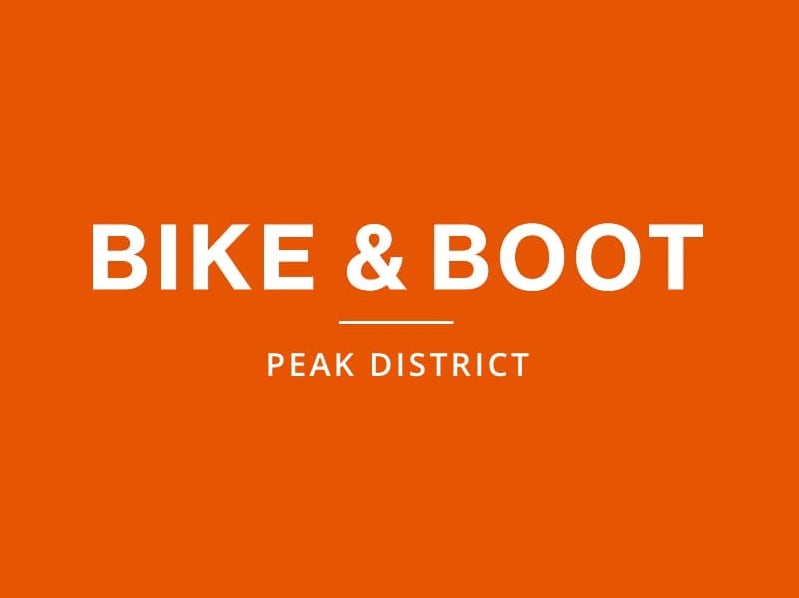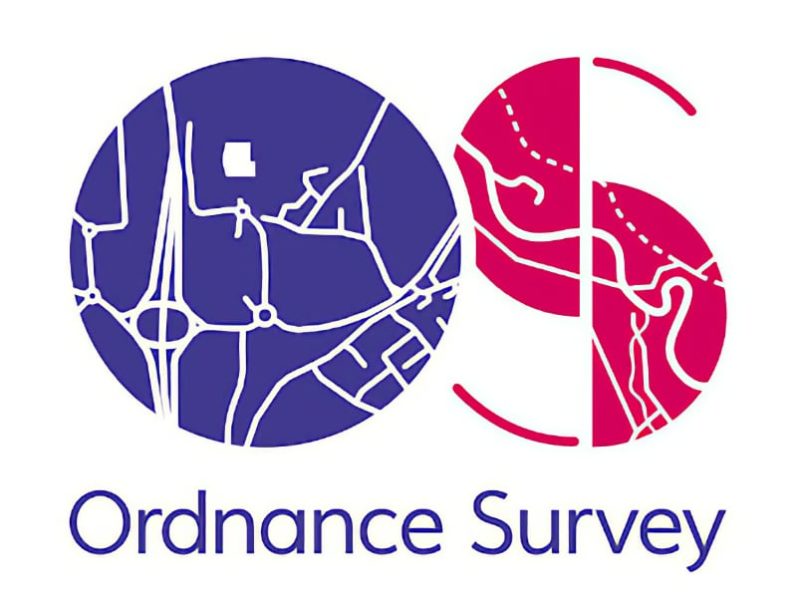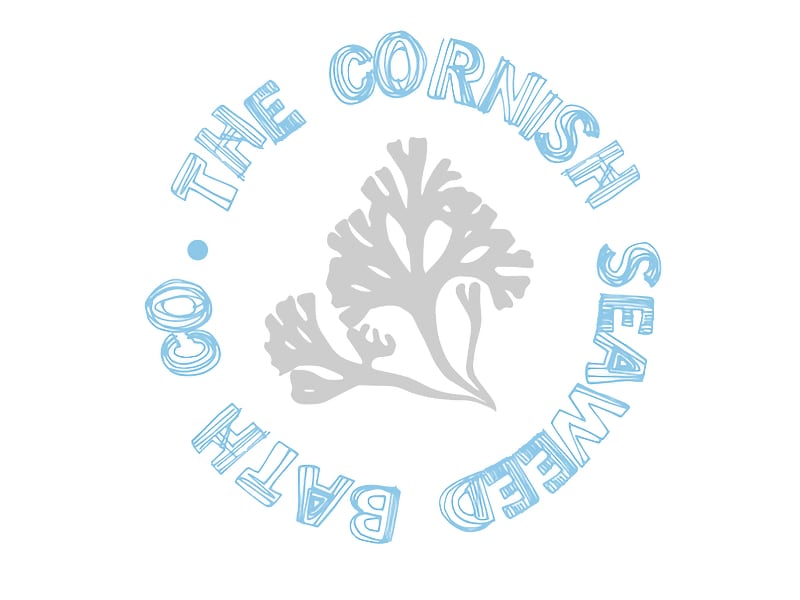Click to zoom …
Walk Details
The name Stelling has Latin connotations (cattle shelter) indicating occupation during Roman times. The village appears in Domesday Book, and it’s known that Stelling Manor was inhabited by William de Hault in the 13th century.
However, by the 14th century the village had vanished and didn’t reappear until much later. Possible reasons for the village’s demise are attributed to the ramifications of the Plague.
The ‘Minnis’ was originally land owned by the Stelling Manor estate and given to commoners for grazing purposes. The Minnis is now managed by a group of local people who act as guardians for this local asset.
From Rhodes Minnis (note the Victorian post box), follow Green Lane to the cattery ¼ mile on the left. About 10 Yards past this we pass through an open gateway (broken bridleway sign) on the right, to walk along the field edge towards West Wood – a bluebell wonderland in season.
Just inside the wood we veer left along a wide track and turn right at a major crossroads (count the avenues – it’s number three) to walk in a straight line for almost a mile, emerging from the wood at Forest Lodge. We follow the path around the Lodge.
We enter the secondary road opposite the Lodge and walk the full length to reach a wide gate, close to Chapel Cottage. Passing through the gate, we veer left, and left again soon afterwards (a vehicle track curves right) to walk across the ‘Minnis’ land to join a road, within the peaceful hamlet of Stelling Minnis. The windmill here was built by Thomas Holman in 1866 – a wooden construction founded on a brick base. The mill closed in 1970 and subsequently fell into disrepair. Thankfully, in recent times the windmill has been renovated and is a Grade II listed building.
Turn left along the road, then swing right when reaching some bungalows – Minnis Green – walking towards the Rose and Crown (a convenient half-way stopping point if you’re in need of some refreshment), situated beyond the village stores, then continue along the road to turn right at a junction signposted Lyminge.
We follow the road for ½ mile towards a sharp bend, then leave the road on the left (signpost) and locate a stile. Crossing this and keeping close to the left hand boundary, we descend and ascend across the field to another stile.
To the right are the rooftops of the amusingly named Wheelbarrow Town. Legend has it that bodies were wheeled here from Canterbury during The Plague. Or were those bodies wheeled from Stelling Minnis?
We cross the stile, accompanying the right hand boundary, then walk straight ahead across an open space to enter Elhampark Wood – another bluebell cloaked woodland. Once through the wood, we keep to the previous course (descending and ascending) to a stile situated 20 metres left of a row of oak trees standing on the opposing banking. We continue along a field edge to emerge on a road where we turn right.
Swinging right at Upper Park Gate farm (signpost), we pass a barn, then follow an obvious track without deviation for about a mile to arrive at a road (Clavertye Cottage). We need to cross the stile opposite and walk straight ahead along the left hand field edge. After about 150m we cross a stile then continue in the same direction towards a solitary tree and a field boundary angle.
The route continues across the (ploughed) field aiming towards the far left hand corner where an exit gateway leads out onto the narrow road. Turn right and follow the road to its conclusion, passing the isolated Providence Bible Christian Chapel (1888) along the way. At the road end turn right towards Rhodes Minnis where we began.
Carpark: Rhodes Minnis
 Nearest Train (or tube) Station(s):
Nearest Train (or tube) Station(s):
Folkestone West
Local Information
Read the Countryside Code before venturing out
Make sure to take a map and compass, and know how to use them before going into our National Parks #BeAdventureSmart
Tips for New Walkers: click here to download (PDF).
Remember to prepare properly before heading out on any type of walk or outdoor activity. Tell people where you are going and what time you are expected back. As Wainwright says "There's no such thing as bad weather, only unsuitable clothing".














